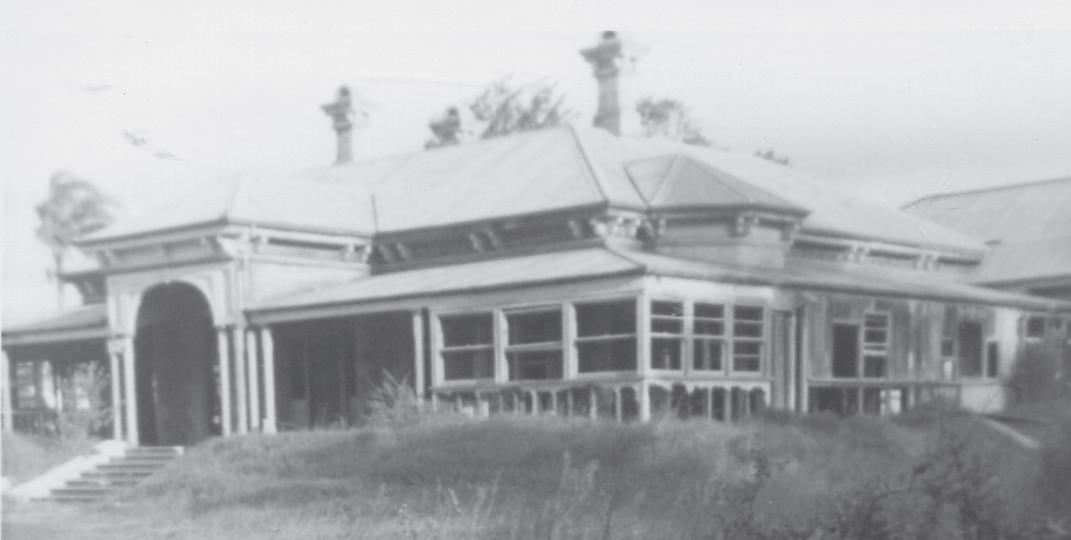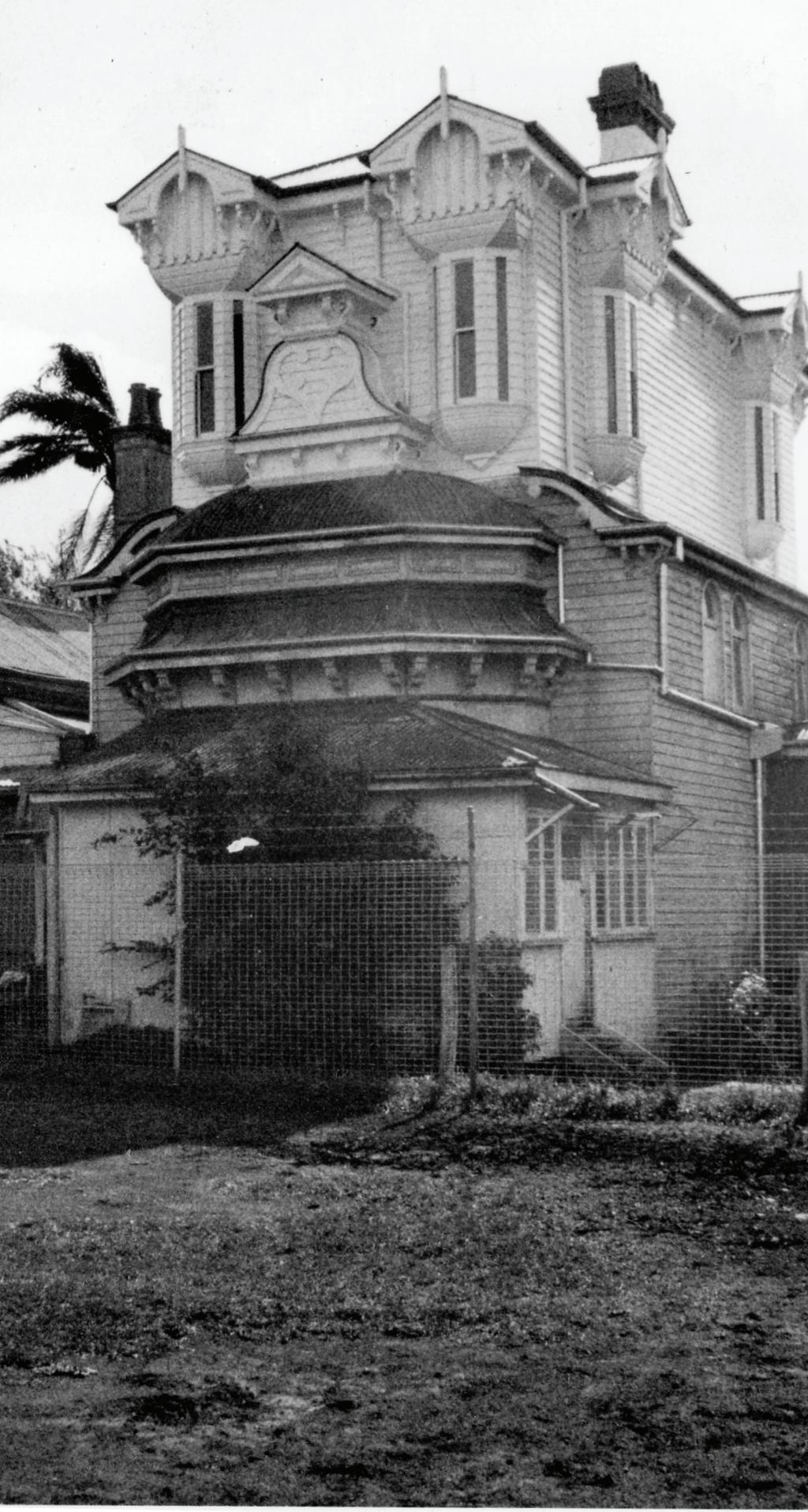
3 minute read
Toowoomba’s oldest homes we all forgot still existed
By KATHERINE SAMPSON
Our town has grown immensely in the past 20 years, so it’s no surprise that what Toowoomba used to be is almost impossible to imagine now. If you’re wanting an incredible historic story on the history and people of Toowoomba back when the roads were dust and a litre of milk cost 3 cents, we sat down with local history guru Peter Cullen about five of Toowoomba historical homes, and they’re more interesting than you might think. The Millbrook, Harlaxton House, Weetwood Homestead, Smithfield House and Ascot House were all built in the late nineteenth century and each has a remarkable story!
MILLBROOK
This was the home of Toowoomba’s first mayor, William Henry Groom, and his wife Grace. He played a huge part in Toowoomba history including being the owner of The Chronicle during the 1800s. The home was originally built on Ruthven Street, in the vicinity of what is now Rumours, in the 1860s – a prime location for the town’s mayor. When W.H Groom died in 1901 his wife chose to have the house moved to its current placement at 9 Philip Street. Peter Cullen says the Historical Society believes she moved the home to be away from the river that runs through the centre of Toowoomba, others have said she moved Millbrook to get away from the main thoroughfare and constant sound of carriages and horses.

Millbrook
SMITHFIELD HOUSE
There are a tonne of big names in the creation of this beautiful home in the now Smithfield Estate in Harristown. Designed by James Marks and Son, the same designer of St James Parish Hall on Russell Street, and constructed by Harry Andrews for James Taylor. Mr Taylor was a member of the Queensland Parliament and Mayor of Toowoomba in 1890. Peter Cullen says that Taylor was sometimes called the King of Toowoomba as his influence on the development of the city was so great. Taylor died before he had the chance to move into Smithfield; instead the house became the dwelling of Oscar Flemmich. He built extensive stables on the grounds, but left during WWI due to the pressure of the anti-German community at the time. Smithfield then became the Glennie Memorial School when the Anglican Church purchased the property, but it didn’t last long before the house fell into ruins in the mid-1960s before being restored into a restaurant a decade later. Today the house is owned and lived in by private residents.

Smithfield House
WEETWOOD
This isn’t just the horse race we look forward to each year, but rather a beautiful old home located at 427 Tor Street. Built by Richard Godsall Weetwood was also designed by James Marks, but for Richard Scholefield. Scholefield managed a handful of stations including Westbrook when he first arrived in Australia in 1862. The house was named after a suburb of Leeds in the UK that was well known to Scholefield. He created a name for himself in Toowoomba as a Justice of the Peace and was a member of the Downs Club, the Royal Agricultural Society and unsurprisingly the Toowoomba Turf Club. Thanks to his extensive involvement in the industry the Weetwood Handicap was instituted in his honour. Scholefield’s wife Eva lived in estate until she died in 1939.

Weetwood
ASCOT HOUSE
Hidden in Newtown at 15 Newmarket Street lies the incredible Ascot House. It was built in the 1870s as a private residence for a Toowoomba storekeeper Frederick Hurrell Holberton, who later became a Member of the Queensland Legislative Council. Ascot House was originally titled Tor House, probably from Holberton’s connection with Devon in England. Tor House was purchased by William Beit Jnr who had it renamed to Ascot House in 1894, probably because of his interest in horse racing. A now prominent part of Ascot House is its ‘folly,’ an extension Beit Jnr wanted so he could better see the horse racing at Clifford Park. In the early 1900s, the property was subdivided, while Ascot House was bought by estate agent Frederick Bennett a few years later as a wedding gift for his wife. The excitement didn’t finish there, during WWII the house was requisitioned for accommodation of American troops. After the war the property was sadly converted into flats before its current owner restored it to a glory we can all enjoy once again.

Ascot House










